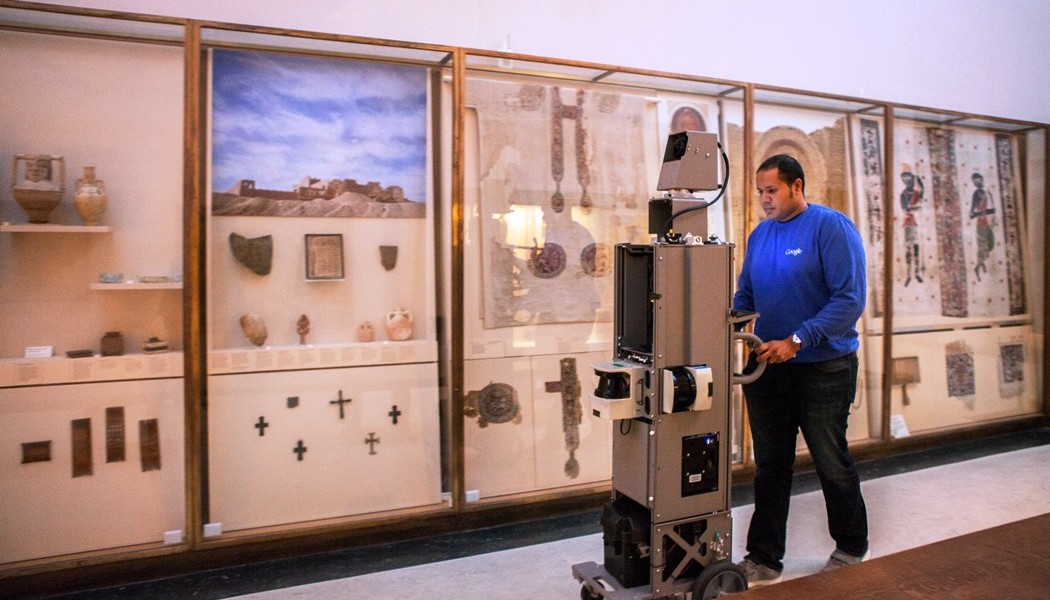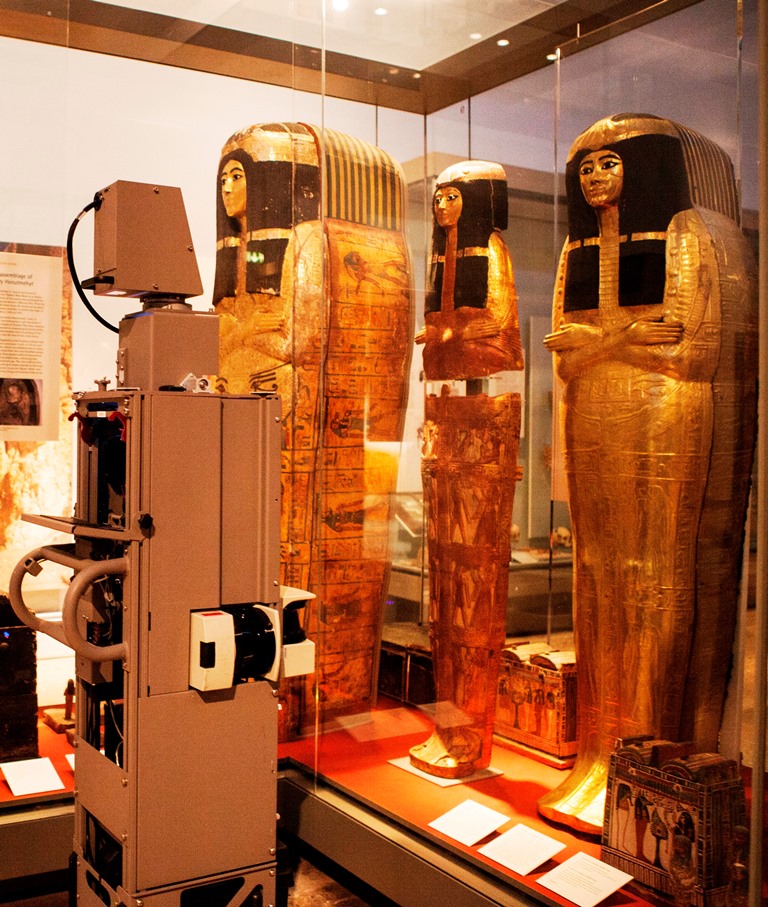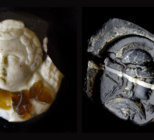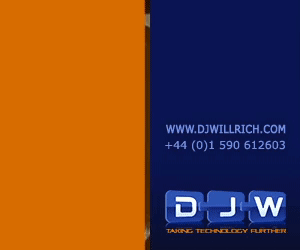When did the digitisation of the British Museum’s collections begin and is it an ongoing process?
The Museum has been cataloguing its collection for almost as long as there has been a Museum. Over 20 years ago, this catalogue became database-based. It became obvious to our curators as the internet grew that this database would at some point be exposed online. This crystallised with the production of our first collection online website over the period 2006-2009. It will take us some years yet to complete the digitisation of our collection which is not just an on-going process, but fundamental to what the Museum is and does.
Hhow did the partnership with Google Cultural Institute materialise and what made it attractive to the BM?
When I became Head of Digital it was obvious to me that we needed good partners to work with to achieve our large digital ambitions. Google, with 5 years of running the Cultural Institute and Art Project were an obvious place to start. I spent some time with Amit Sood (founder of these initiatives) and his team and we sketched a project together of launching the BM onto their platform, and trying to do it bigger and better than anyone had done before.
What were the aims and objectives of this project?
To be the biggest and best partner on the platform, and to demonstrate a sense of shared values between us and them. We’re both collectors and disseminators at heart – the BM of the objects which tell the history of humankind, and Google of humankind’s knowledge as found in digital data and content. There’s a lot of synergy between those things, and working together makes a lot of sense.
How did you make it happen and what technologies were used (how are they making digitisation a better experience)?
A lot of graft and a lot of Google Hangouts! The process of capturing the Museums public galleries in their entirety on Streetview took over a year of photoshoots overnight and early mornings. Conversely, the website “The Museum of the World” we made with them took around 3 months. But it all worked because we kept working and talking together.
In terms of tech, Google is using some great things like Gigapixel super hi resolution photography to make the comprehension and exploration of objects easier. Whilst these are not unique to them, making them available at scale to Museums is, and they’re fantastic things.
Neil MacGregor said at the launch “We’re in a brave new world of information dissemination.” How important is it for the British Museum, one of the most important museums in the world, to have part or all of its collection online?
Absolutely crucial. Our job as a Museum is to tell the history of the world, to the whole world through objects. No one can do that better than us. To tell those stories, we need the collection itself to be available online. That will take many forms in the year ahead as we distribute that collection though the mobile web, through social media and through programmatic data, but it’s core to who we are and what we do.
What are the benefits of digitisation and are there any negatives (does it detract attention from the physical museum)?
Nothing can compare to the experience of engaging directly with objects, and this project is not designed to try to replace that experience. What the Museum wants to guarantee however is that visitors across the globe can access the collection and the galleries in some way even if they are never able to physically visit. In certain circumstances, eg with the AS Gigapixel technology allows you to have a deeper experience of the object. Digitisation makes your collection more useful – useful for academics to study it, useful for visitors to decide to come to your Museum and useful for the complex network of partners a Museum depends on to survive and flourish.
What were the challenges faced during the planning and implementation of the recent project, and how were they overcome?
Capturing the Museum on Street view tool over a year. It was complex because it all had to happen out of hours – the Museum is open 7 days a week.
How will the unique elements of the project such as curated online exhibitions, Google Street View and The Museum of the World improve the British Museum’s offer and how will they help a wider audience appreciate the BM’s collection?
Improve might not be the right word, but they do add another layer, another way into the collection. What Google have built is a platform that tens of millions of people have accessed, and having our content there gives all those people a chance to experience our collection in that context. Critically it also gives us choices: as we rebuild our own web portfolio, we can use Google’s tools embedded in our own websites. That will help us focus resource on other areas.
In terms of security and copyright – what measures have been put in place to ensure the website does not fall foul to hackers and where does the museum stand on copyright of its images and information online?
The cultural institute prevents users downloading the images contained on it. Hackers are not really the worry here – hackers are typically interested in commercial data rather than pictures of statues! It’s important that people understand working with Google involves no transfer of intellectual property: we retain 100% ownership of all content we put on the platform, and Google cannot monetise that content in any way.
In Focus - Digitising Collections
This case study is part of an In Focus feature on Digitising Collections. Click here to see the introduction and links to three more case studies











